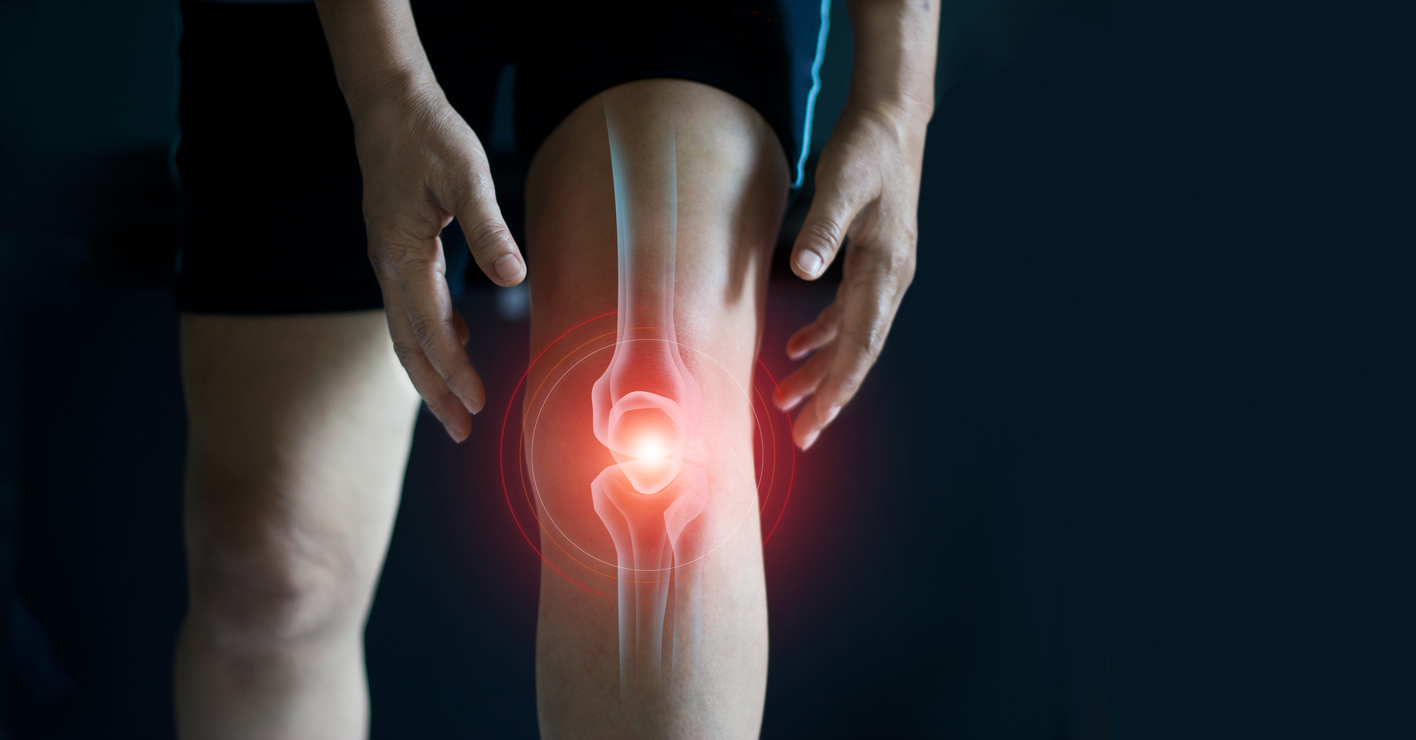
Pain along your lower leg could have many different causes. Three of the most likely causes are shin splints, stress fractures, and chronic exertional compartment syndrome.
So, which of these three do you have, or is your condition something else entirely? Let’s talk about the differences and similarities among these conditions, and where you can go for an efficient and accurate diagnosis and treatment of your leg pain.
What Are Shin Splints?
Shin splints, or medial tibial stress syndrome, is defined as pain along the shinbone – which is the tibia bone, the large bone in the front of your lower leg. Running and dancing, especially a sudden increase in the intensity of the exercise, can cause shin splints due to overload on the bone tissue.
Specific symptoms of shin splints include pain, tenderness, soreness, and swelling along the shinbone. The condition can be exacerbated by wearing shoes that fit improperly or are worn out.
How Stress Fractures Are Different
A stress fracture is a tiny hairline crack in a bone caused by overuse, impact, or osteoporosis. This type of injury is common in the weight-bearing bones of the leg and foot.
Activities that involve a lot of jumping up and down or long-distance running can cause stress fractures in the legs, so athletes are prone to stress fractures. A sudden increase in the intensity of exercise or a change in technique can also cause a stress fracture.
Symptoms of stress fractures include pain, tenderness, and swelling that progresses with time. Unlike shin splints, stress fractures can occur not only in the shinbone but also in the foot and ankle bones.
Chronic Exertional Compartment Syndrome
Compartment syndrome occurs in an area, or “compartment,” of the body, and it can occur in the lower legs. It can be more serious than shin splints and stress fractures, because compartment syndrome involves a hindrance of the body’s circulation in that area due to internal pressure that is building each time you exercise. Because this syndrome is usually brought on by exercise, it tends to happen to athletes and runners due to the repetitive impact on the legs.
Symptoms of chronic exertional compartment syndrome include a burning, aching, or cramping in any part of the affected leg, and these symptoms become worse with exercise. It can also cause feelings of tightness, numbness, and weakness. Severe cases may cause foot drop, which makes it difficult or awkward to lift your toes upward normally as you walk.
Unlike shin splints and stress fractures, which usually affect just one leg, chronic exertional compartment syndrome usually affects the same compartment of both legs. Performing the activity that causes the symptoms, such as running, will usually bring back the same symptoms at the same point during the activity every time, so tell your doctor if you notice that.
Orthopedic Doctor in Austin, TX
If you’re experiencing chronic or intermittent pain in your leg, come to All-Star Orthopedics of Austin where Dr. Carol Hyde can evaluate your condition and quickly perform a diagnosis and recommend treatment that will work for you. Nobody likes to be sidelined by an injury, and we understand that completely. The sooner you start treatment, the sooner you can return to your sport or activity of choice.
If you have any questions or would like to request an appointment with Dr. Hyde, call (512) 346-4933 or fill out our convenient appointment request form online now. We look forward to serving you!





